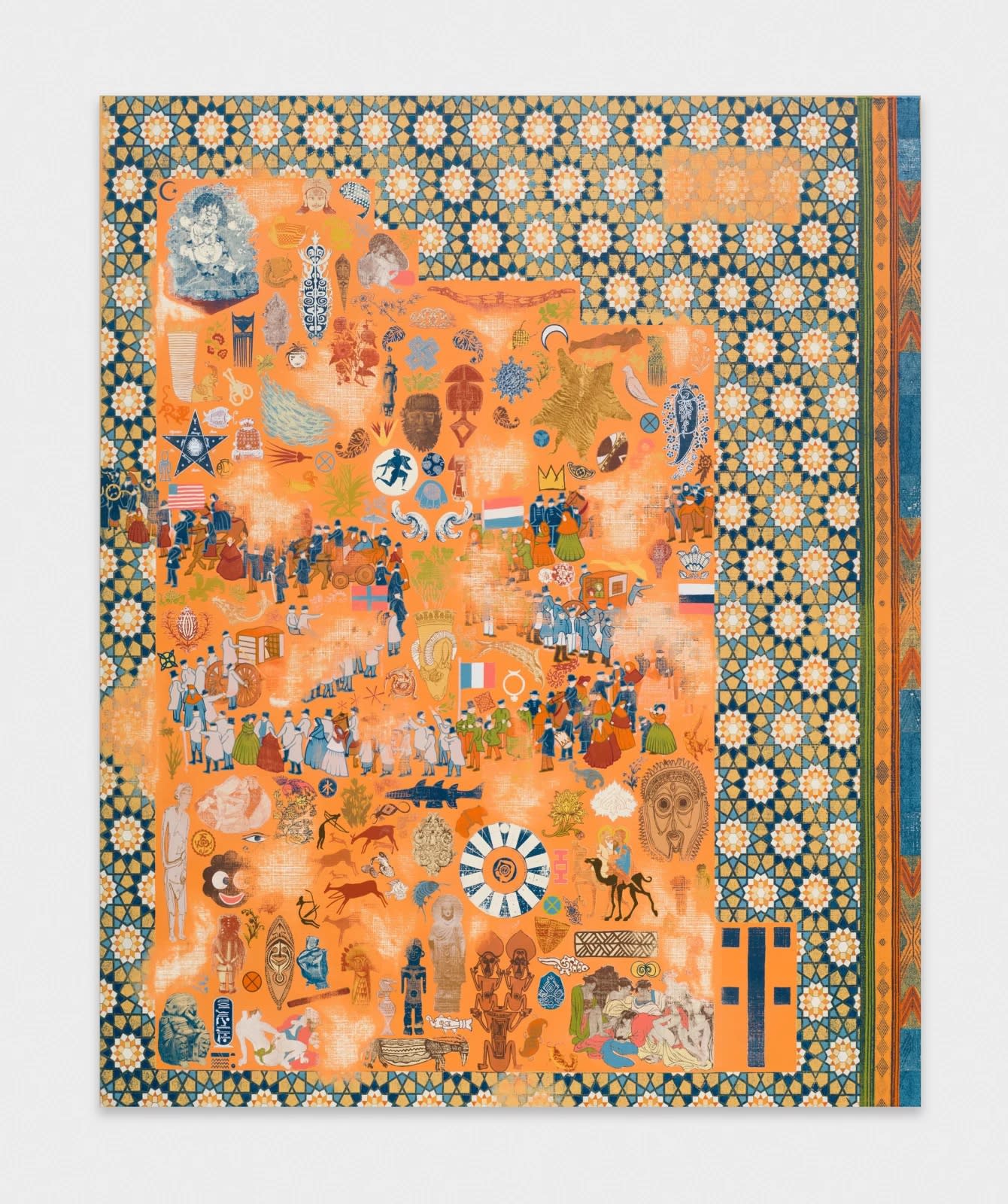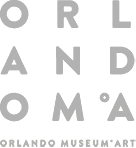Arghavan Khosravi, Kour Pour: A Boundless Drop to a Boundless Ocean: Orlando Museum of Art, Orlando, FL
The immigrant artist’s journey entails a creative negotiation between the past and the present, between here and there. Along the way, diasporic artists create their own visual language that can convey meaning across cultural, linguistic, and social borders.
A collaboration between the Orlando Museum of Art and the American University in Cairo, A Boundless Drop to a Boundless Ocean, presents artworks by 21 US-based artists of Arab and Iranian heritage. Curated by Dr. Shiva Balaghi, with support from Coralie Claeysen-Gleyzon, the exhibition will be on view in galleries at OMA and AUC’s Tahrir Cultural Center from January 29 through May 2, 2021.
The exhibition’s title, taken from Kahlil Gibran’s bestselling book, The Prophet, describes an immigrant’s transformation from “a boundless drop to a boundless ocean.” The show begins with a drawing by Gibran. The immigrant artist’s journey entails a creative negotiation between the past and the present, between here and there. Along the way, diasporic artists create their own visual language that can convey meaning across cultural, linguistic, and social borders.

Kour Pour, Migration Painting, 2016-17. Acrylic on canvas over panel, 64 x 53 in.
OMA’s recent acquisition of a photograph by the artist and filmmaker Shirin Neshat served as impetus for the exhibition, which underlines the museum’s commitment to presenting a diverse window onto contemporary American art. The show presents a range of artistic expression and formal approaches including drawing, painting, sculpture, photography, textiles, and digital animation.
Featured artists include Shiva Ahmadi, Diana Al-Hadid, Farah Al Qasimi, Siah Armajani, Ali Banisadr, Huguette Caland, Ala Ebtekar, Lalla Essaydi, Amir H. Fallah, Kahlil Gibran, Monir Shahroudy Farmanfarmaian, Sherin Guirguis, Pouran Jinchi, Hayv Kahraman, Arghavan Khosravi, Youssef Nabil, Jordan Nassar, Shirin Neshat, Nicky Nodjoumi, Kour Pour, and Michael Rakowitz. Collectively, their art sheds light on complex histories of migration, the lingering aftermath of upheaval and conflict, and an ongoing search for a sense of belonging.






